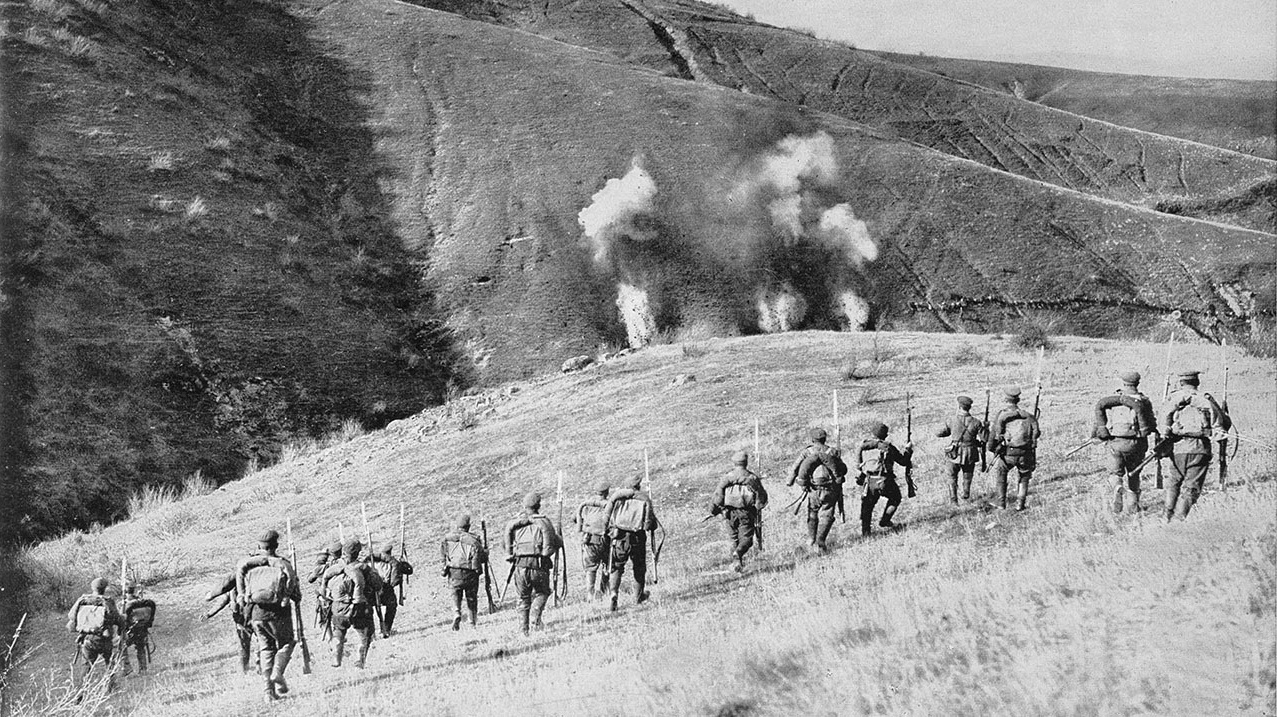
Attacks and counterattacks ensue for four months in the rain and mud, with Canadian forces brought in to help relieve the troops but little ground being won.
.jpg)
This blockade proves pivotal to the Allies eventually winning the war.Īlso known as the Third Battle of Ypres, the Battle of Passchendaele takes place in Ypres, Belgium, as British forces, with help from the French and the use of tanks, launch an attack to wrest control of Ypres from the Germans. Although there is no clear victor, Britain is able to secure North Sea shipping lanes and continue a blockade of German ports.

After German forces attack the Royal Navy, 250 ships and 100,000 men take part in the bloody fight, with both sides losing thousands of lives and several ships. World War I’s biggest naval conflict, the Battle of Jutland off the coast of Denmark marks the first and only showdown between German and British battleships. READ MORE: Battle of Gallipoli Battle of Jutland: May 31 to June 1, 1916 With Western Front fighting stalled, the Ally forces intend the attack to be a swift victory, but ultimately withdraw, suffering some 180,000 casualties, including more than 28,000 Australian soldiers. The invasion is an effort to control the sea route and seize Constantinople. In modern warfare’s first major beach landing, the Gallipoli Campaign sees British and French troops invading the Ottoman Empire at the peninsula of Gallipoli in the Dardanelles Straits (now western Turkey). The French then begin retaking stronghold and, as winter sets in and the first Battle of the Somme rages, the Verdun fighting finally comes to an end.

The Germans make advances in the bloody conflict until July, when their offensive is called off. In an attempt to cripple France’s part in the war and cause a massive blow to its army’s morale, the Germans choose to attack the fort of Verdun, along the banks of the Meuse River. It lasts nearly a year as the French Army fends off a surprise German offensive that causes mass losses on both sides, with more than 600,000 total casualties. The Battle of Verdun becomes World War I’s longest single battle. Battle of Verdun: February 21 to December 18, 1916 A long-range gunfire ensues but while the German SMS Blücher cruiser is sunk, the British HMS Lion is severely damaged. The smaller German squadron retreats, but can’t outrun the British. READ MORE: Germans Capture Langemarck During First Battle of Ypres Battle of Dogger Bank: January 24, 1915Īfter decoding intercepted German messages, the British Grand Fleet attacks the German Kaiserliche Marine in the North Sea, sparking the Battle of Dogger Bank. Typical of so many World War I battles, both sides engage in trench warfare and suffer massive casualties, but neither makes significant gains. The massive conflict-involving an estimated 600,000 Germans and 420,000 Allies-continues for three weeks until brutal winter weather brings it to an end. In what would become known as the “Race to the Sea,” the First Battle of Ypres begins, the first of three battles to control the ancient Flemish city on Belgium’s north coast that allows access to English Channel ports and the North Sea. READ MORE: First Battle of the Marne First Battle of Ypres: October 19 to November 22, 1914 With an exhausted and weakened German force that had sent nearly a dozen divisions to fight in East Prussia and Belgium, the German First Army faces a counterattack and is forced to retreat to the Lower Aisne River, where the first trench warfare of the conflict begins.

The First Battle of the Marne marks an Allied victory about 30 miles northeast of Paris, where the French army and British Expeditionary Force stop Germany’s swift advance into France. READ MORE: Battle of Tannenberg First Battle of the Marne: September 6-12, 1914 The Germans pursue the Russians, essentially annihilating the armies with 30,000 casualties and more than 90,000 taken prisoner. But after intercepting unencrypted radio messages from the Russians, the Germans are able to reorganize their strategy, forcing the Russians into retreat. The battle begins with Russian armies attacking German troops in German East Prussia (now Poland) from the south and the east, which, at first, works. READ MORE: Battle of Mons Battle of Tannenberg: August 26-August 30, 1914ĭubbed the Battle of Tannenberg by the victorious Germans in revenge for the 1410 conflict in which the Poles crushed the Teutonic Knights, this would be the country’s biggest win against Russia along the Eastern Front.


 0 kommentar(er)
0 kommentar(er)
